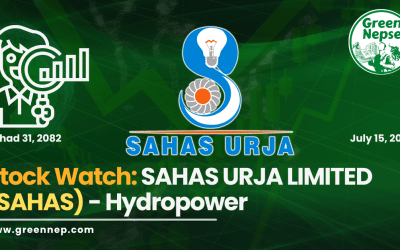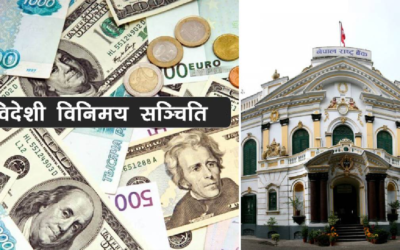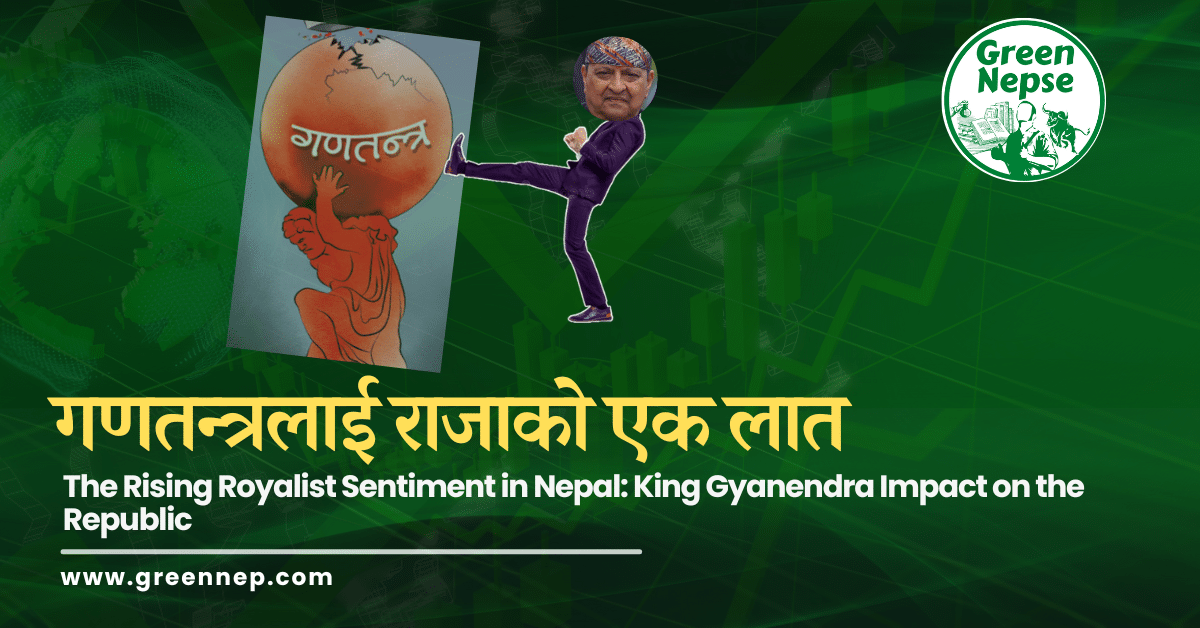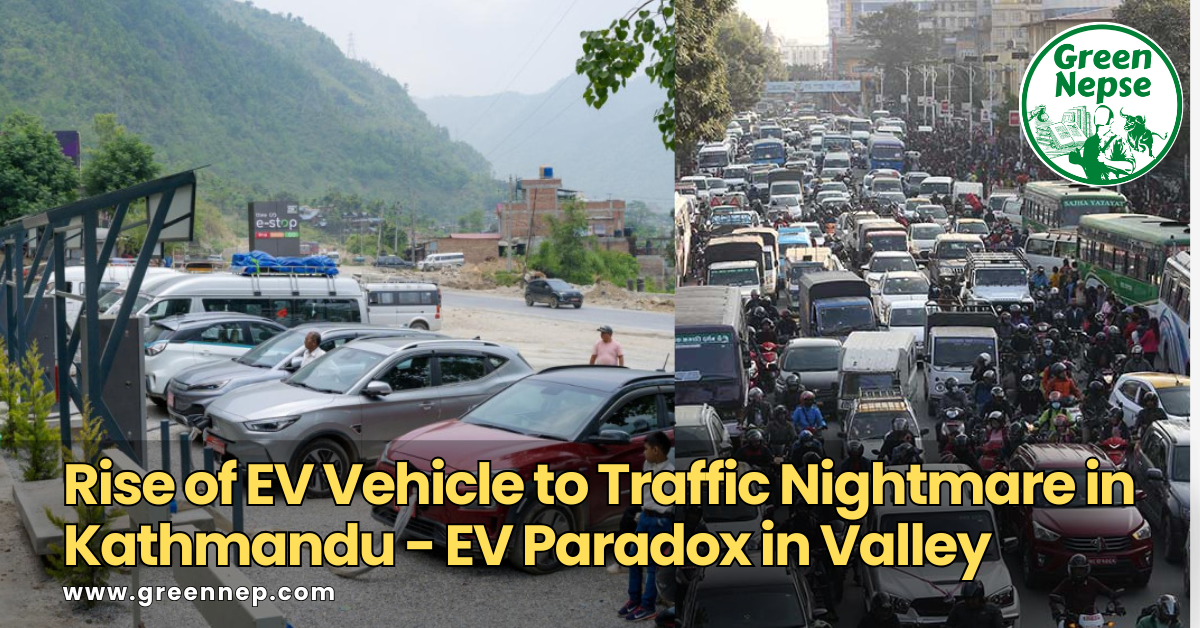AI Needs Cooling, Nepal Has Water: Amazing Future Built on Hydropower
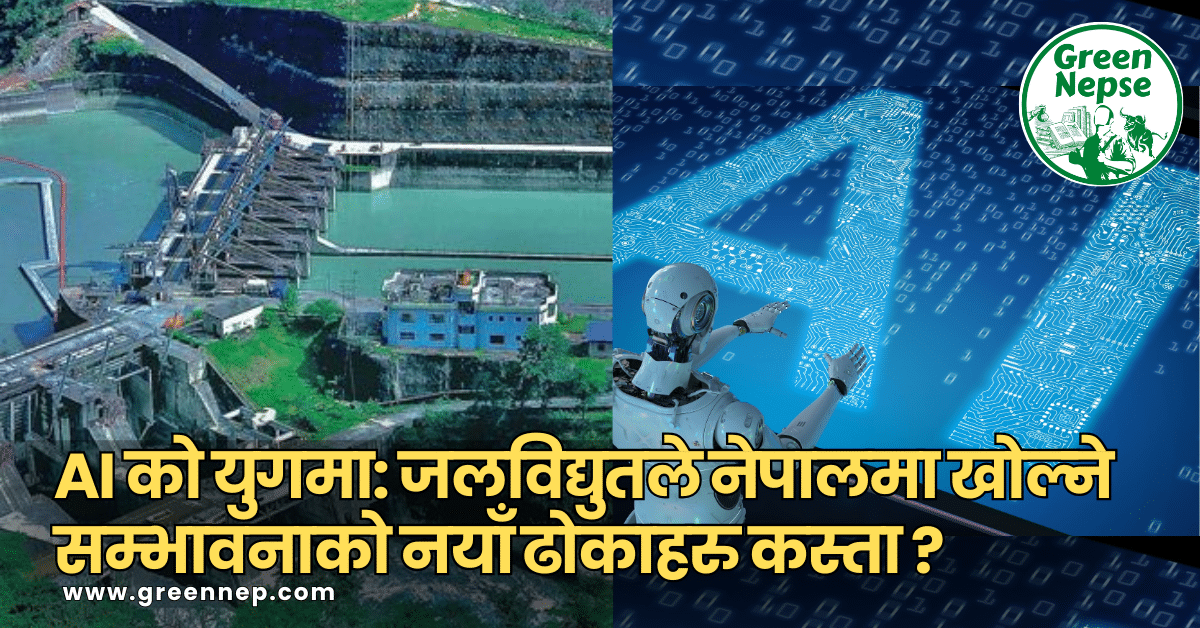
Nepal, often referred to as the “Water Tower of Asia,” is blessed with abundant water resources and immense hydropower potential. With over 6,000 rivers and an estimated 83,000 MW of technically and economically feasible hydropower capacity, the country has long been seen as a future hub for clean energy.
However, as the world races toward a digital future powered by Artificial Intelligence (AI), Nepal has a unique opportunity to leverage its hydropower resources not only to meet domestic energy demands but also to position itself as a key player in the global AI-driven energy landscape.
In this blog post, we explore the intersection of AI and hydropower in Nepal, examining how AI can optimize the hydropower sector, improve efficiency, and support national growth. We also delve into how the increasing global demand for AI-driven cooling solutions creates new opportunities for Nepal, given its abundant water resources.
The Global Trend: AI’s Insatiable Energy Demand
AI is transforming industries worldwide, from healthcare and finance to transportation and energy. However, this transformation comes at a cost: energy consumption. Training and operating AI models require massive computational power, which in turn demands significant energy. For instance, training a single large model can consume as much energy as 100 homes use in a year.
As AI adoption grows, so does the need for energy-efficient solutions and cooling systems to manage the heat generated by data centers. According to the International Energy Agency (IEA), data centers currently account for about 1% of global electricity demand, and this figure is expected to rise as AI becomes more pervasive.
This trend presents a unique opportunity for countries with abundant renewable energy resources, like Nepal, to step in and provide sustainable energy solutions for AI-driven industries.
Nepal’s Hydropower Potential: A Foundation for AI Integration
Nepal’s hydropower potential is one of its greatest untapped assets. Currently, the country generates around 2,200 MW of hydropower, with plans to significantly expand this capacity in the coming years. The government has set an ambitious target of producing 15,000 MW of electricity by 2030, with a focus on exporting surplus energy to neighboring countries like India and Bangladesh.

Hydropower is not only a clean and renewable energy source but also highly reliable, making it an ideal candidate to power energy-intensive AI applications. By integrating AI into its hydropower sector, Nepal can optimize energy production, reduce waste, and ensure a stable energy supply for both domestic and international markets.
How AI Can Optimize Nepal’s Hydropower Sector
- Predictive Maintenance and Fault Detection
AI-powered predictive maintenance systems can analyze data from hydropower plants to identify potential equipment failures before they occur. This reduces downtime, lowers maintenance costs, and ensures consistent energy production. For example, AI algorithms can monitor turbine performance and detect anomalies in real time, allowing operators to address issues proactively. - Optimizing Energy Production
AI can analyze weather patterns, water flow rates, and energy demand to optimize the operation of hydropower plants. By predicting fluctuations in water availability and energy consumption, AI can help operators adjust production levels to maximize efficiency and minimize waste. - Grid Management and Stability
Nepal’s energy grid faces challenges related to stability and distribution, especially during peak demand periods. AI can enhance grid management by predicting demand surges, balancing supply and demand, and integrating renewable energy sources more effectively. This ensures a stable and reliable energy supply for both domestic and industrial use. - Enhancing Energy Export Opportunities
With AI-driven optimization, Nepal can increase its hydropower output and improve the reliability of its energy exports. This positions the country as a key player in the regional energy market, attracting investment and fostering economic growth.
AI’s Cooling Demand: A New Opportunity for Nepal
One of the most energy-intensive aspects of AI is cooling the data centers that house its computational infrastructure. As AI adoption grows, so does the demand for efficient cooling solutions. Water-based cooling systems, which use less energy than traditional air-cooling methods, are becoming increasingly popular.
Nepal’s abundant water resources make it an ideal location for AI data centers that rely on water-based cooling. By leveraging its hydropower and water resources, Nepal can attract global tech companies looking to reduce their carbon footprint and energy costs. This creates a win-win scenario: Nepal gains investment and job opportunities, while companies benefit from sustainable and cost-effective energy solutions.
Case Study: AI and Hydropower in Action
A compelling example of AI’s potential in the hydropower sector comes from Norway, a global leader in renewable energy. Norwegian hydropower plants have successfully implemented AI systems to optimize energy production, reduce operational costs, and enhance grid stability. By analyzing vast amounts of data, these systems have improved efficiency and enabled the integration of other renewable energy sources, such as wind and solar.
Nepal can draw inspiration from Norway’s success and adapt similar AI-driven solutions to its own hydropower sector. With the right investments and partnerships, Nepal can achieve similar results and establish itself as a regional leader in sustainable energy.
The Road Ahead: Nepal as a Hub for AI-Powered Energy Solutions
To fully capitalize on the intersection of AI and hydropower, Nepal must take strategic steps:
- Invest in AI Research and Development
Establishing research centers and partnerships with global tech companies can help Nepal develop AI solutions tailored to its hydropower sector. - Upgrade Infrastructure
Modernizing hydropower plants and energy grids is essential to support AI integration and ensure efficient energy distribution. - Attract Foreign Investment
Promoting Nepal’s hydropower potential and sustainable energy solutions can attract investment from tech companies and energy stakeholders. - Foster Collaboration
Collaborating with neighboring countries and international organizations can help Nepal share knowledge, access funding, and expand its energy export market.

Conclusion
The convergence of AI and hydropower presents a transformative opportunity for Nepal. By leveraging its abundant water resources and embracing AI-driven solutions, Nepal can optimize its hydropower sector, meet growing energy demands, and position itself as a key player in the global AI-powered energy landscape.
As the world increasingly turns to sustainable energy solutions, Nepal has the potential to become a beacon of innovation and progress. The time to act is now – by investing in AI and hydropower, Nepal can secure a brighter, greener future for generations to come.
Stay updated on Nepal’s stock market, economy, and politics – follow GreenNepse on social media for real-time insights!




